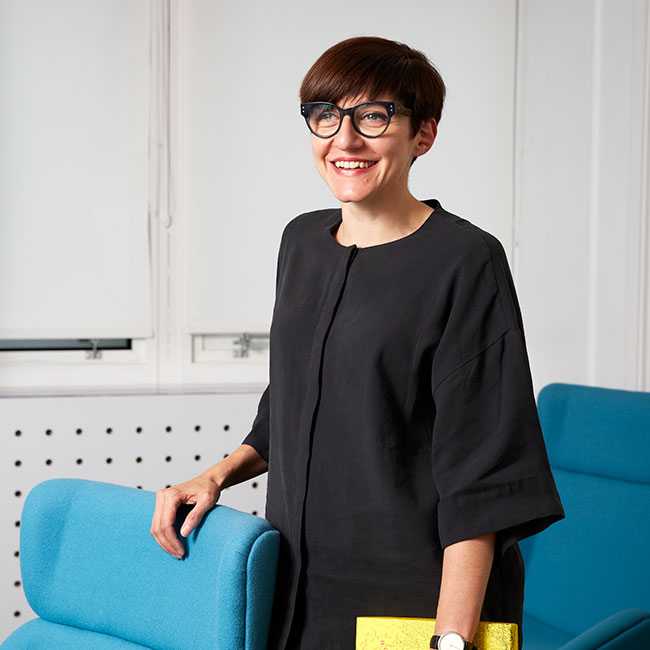The Digital Fiction Curios
We created a virtual preservation space in the form of a curiosity shop — the Digital Fiction Curios. Like a good bric-a-brac, book or antique shop, it's full of trinkets and treasures. Each visit brings a new discovery.
Visitors to the Curios wear an Oculus VR headset to delve into their surroundings. Among the strange clutter of objects and artefacts are stored three important examples of Campbell and Alston's digital fiction: Inside, The Flat and Clearance.
In these stories, audiences immerse themselves in barren fens and abandoned apartments, unlocking eerie narratives through innovative storytelling techniques.
And once they’ve explored the three stories, they can delve even deeper — discovering the literary context of the works through analysis and commentary.
It's a rewarding and thought-provoking experience that sheds new light on an influential genre.
Preserving our online heritage
Digital fiction is a huge part of our cultural heritage. Its literary and technological experimentation pushes the boundaries of what it means to 'read' or 'play' in digital spaces.
Its writers, animators and coders have shaped the nature of websites and games — and that’s why it’s so important to retain these pieces for future generations.
Our Curios is very different to the dusty archives or dull databases traditionally associated with literary preservation. By inviting readers to make their own way through an interactive, immersive Virtual Reality narrative, it breathes new creative life into the work itself.
We plan to expand the space to preserve more examples of digital fiction, creating not so much a curiosity shop as a curiosity museum.
By doing so, we’re creating a new form of preservation — and making sure our digital heritage isn’t deleted.




